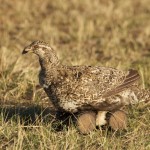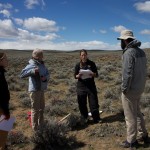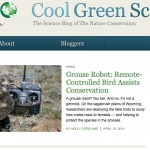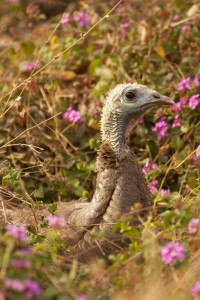 As someone who studies a bizarre bird using high-tech methods (including robots), I sometimes get the question “Why?” In some cases people are interested in my research questions and why I am passionate about it, but sometimes “Why” can mean “Why should my tax dollars go to support this?” Government funding for scientific research is always under scrutiny, particularly now.
As someone who studies a bizarre bird using high-tech methods (including robots), I sometimes get the question “Why?” In some cases people are interested in my research questions and why I am passionate about it, but sometimes “Why” can mean “Why should my tax dollars go to support this?” Government funding for scientific research is always under scrutiny, particularly now.
My friend and colleague Patricia (Patty) Brennan has faced questions about the rationale behind her research as much or more than any evolutionary biologist I know. Patty studies (among other things) the coevolution of male and female genitalia in ducks, and her work has been highlighted in the popular media both as exciting, valuable, cutting edge research as well as wasteful spending on frivolous questions. She responded with a fantastic defense of “oddball” science in Slate. She also made her case at a Science Cafe event in Massachusetts (click for video). If I can paraphrase the article and the lecture, we should fund basic science because
- Basic science is the foundation of applied advancement- almost nothing in our 21st century technology and medicine would exist without discoveries from basic science, but those links are often fortuitous and we need to cast a wide net (not that all research should be funded, but it is impossible to predict where the important discoveries will occur).
- Scientific research is currently funded at embarrassingly small levels compared to other countries- it is a cheap expenditure that pays dividends down the road.
- A necessary product of research is education and outreach by scientists (it is a required component of almost all basic science grants), which helps to increase scientific interest and literacy in the public and inspire the next generation of scientists. More funding would mean more of this – see point 2.
- It’s pretty neat to figure out how the world works.




